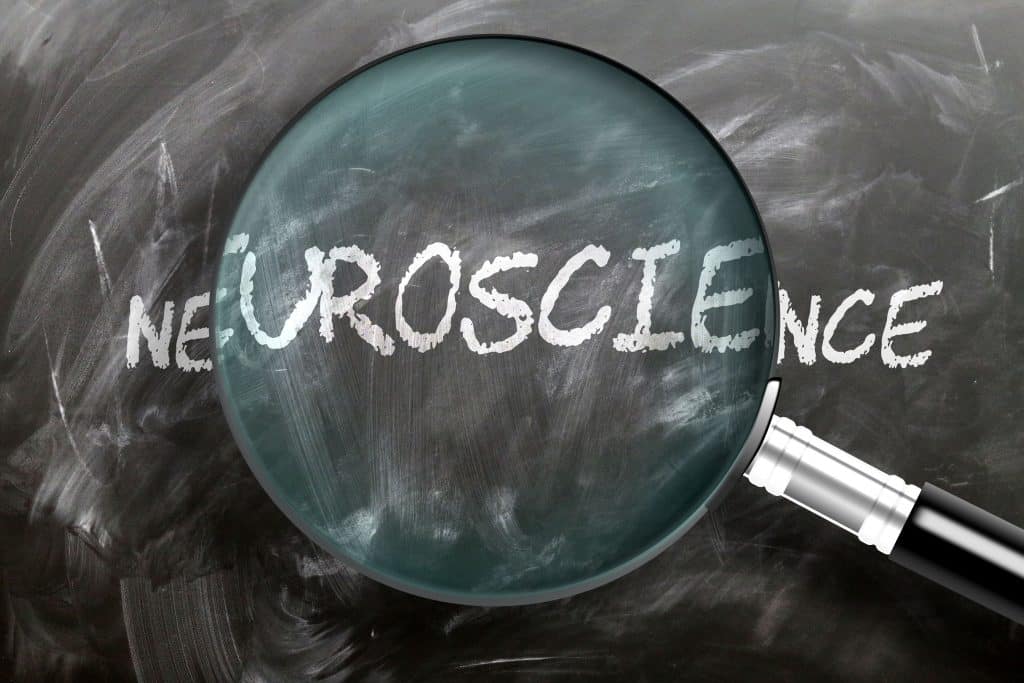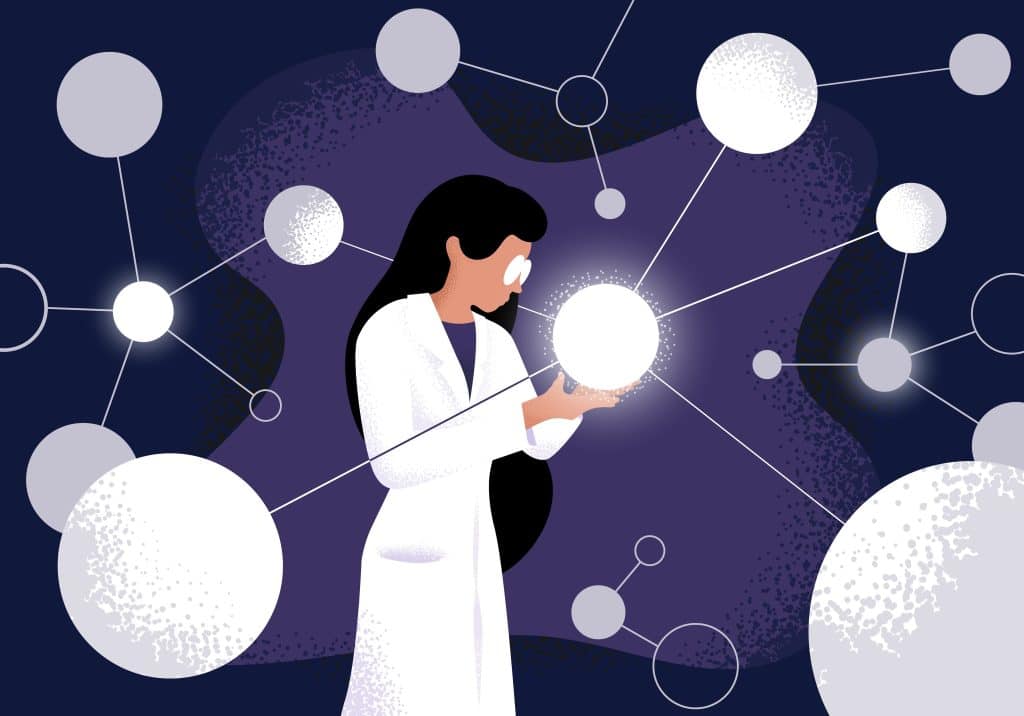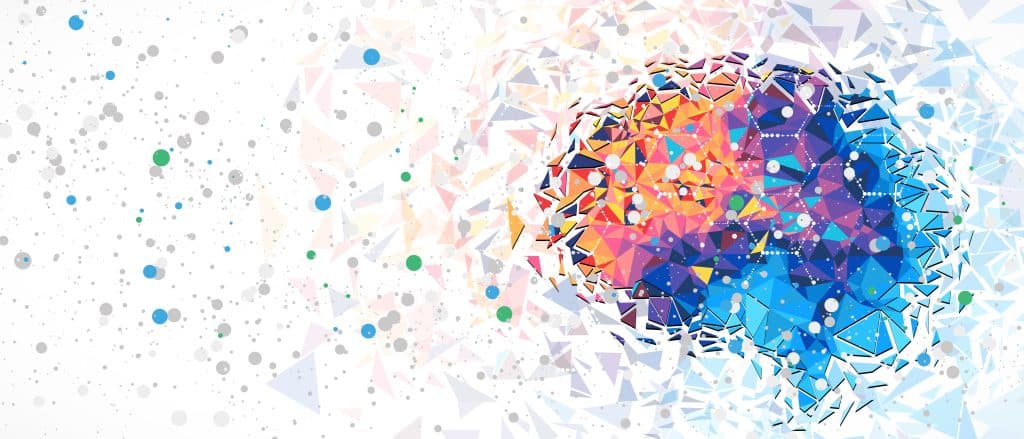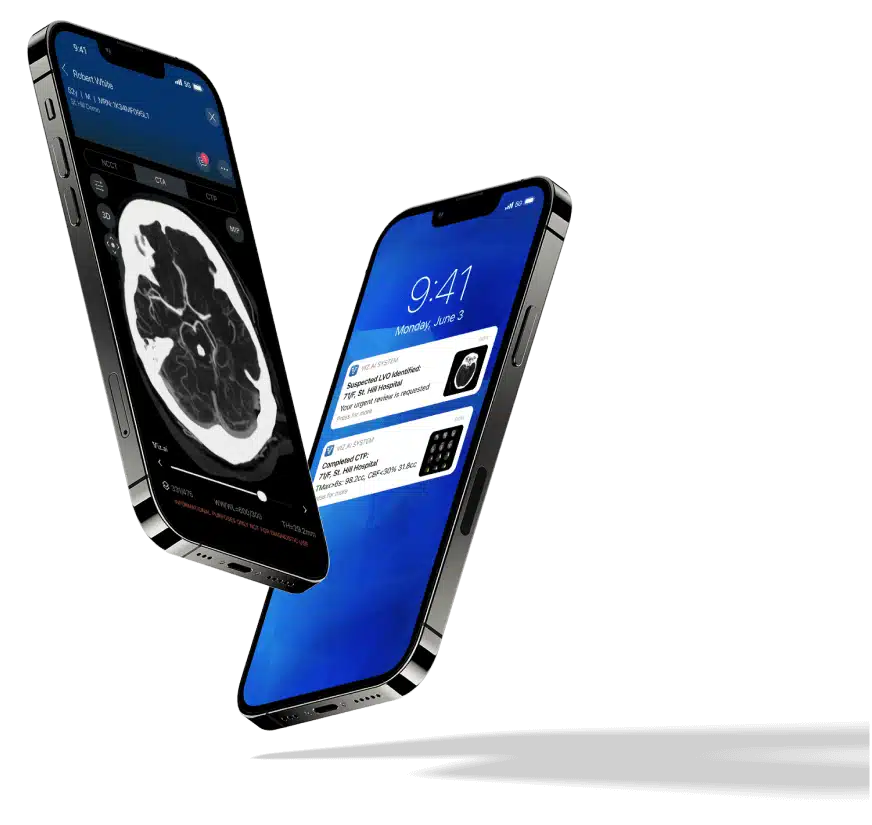Team Viz
Sep 21, 2021
5 min

What are the challenges that face Neuroscience Administrators in 2021, and how AI can help.
Some of the challenges that we faced prior to having is AI as our solution was, how do we see the images at some of our spoke centers when we didn’t have access to them? How are we going to get relevant information, especially as we do integrations? You’re integrating multiple EHRs together and you don’t have access to everything. I think those are some of the biggest challenges, as well as the regulations that we are held to from our governing bodies, whether it be Joint Commission, American Heart or American Stroke get with the guidelines.
How do you provide high quality, efficient care?
We have a wide disparity in who has access to the kind of care that we want to provide. As administrators, we feel a responsibility that goes beyond our community. We’re frequently bringing people from far away to have comprehensive neuroscience care. So how do we get those resources to those people? How do we decide who we can bring you to our systems to provide that care?
Using artificial intelligence is a bridge to bring that together. We can be in a very geographically challenging area in the healthcare wasteland. We should be able to get the same care as if we were in the middle of the wealthiest city in the world right next door to the comprehensive center. My job as an administrator, my challenge is to provide those resources.
What do you feel based on your experience has been your biggest challenge as a neuroscience administrator?
You have to keep up with technology. You must keep up with resources and be looking at what’s out there. To be able to provide the best resources and the best care in a large system that doesn’t always have it available on the campus that people are closest to. Being able to provide that great care and keeping up with the staffing issues, which we’re all facing. When we look at it from a macro level, the staffing of nurses alone has been crazy to try and keep track of.

“We now have drugs that are like coming to the forefront for Alzheimer’s. So there’s just so many things for us as administrators to keep track of and to make our patients and our staff and physicians accountable and responsible fiscally, but also being able to manage that and work as a team”
How did you get your organization to support or buy into AI or stroke software?
We already had some technology that we were using, not AI, but we were using technology that was around for a long time, as we were doing some of the stroke trials. Having the technology that looked at large vessel occlusions and other scans was not unfamiliar; so why did we want to change this, and why do we need something else? We needed to be able to convince our providers and our team that this was something that they needed to look at, because not only did it show the scans on their email, or they could pull it up on their phones directly.
The opportunity to notify everyone that there was a patient who needed something more than just TPA or something more in care coordination. We had to look at who the stakeholders were, and what one division was not necessarily who the stakeholders were that were going to be providing the best care. It came down to the communication component, which was a huge factor for us. Being able to notify the team fast and get everybody there and not necessarily all be standing in one room and the CT scan with 26 people in the room, you could communicate without having everybody physically present.
“I really focused on the clinical benefits, and when I looked at what I could offer the organization, I really have to say I have the ability to shorten length of stay. I have the ability to be a better steward with resources. Convincing an organization that’s bringing patients from upwards of 40 different hospitals. Who do you bring? How do you know to bring them?”
Having a technology that helps you make that decision and bring the folks who really need care to your comprehensive center; that was a huge selling point. Being able to look at what’s going on clinically in a patient by reviewing their imaging, or looking at a hemorrhagic stroke, we can say this patient doesn’t need to transfer, or they don’t need critical care. Maybe they don’t even need to be admitted, they just need observation.
The ability to move patients through the system, even the ability to say these patients don’t necessarily even need to be managed in the ICU. All of that information is at your fingertips where people can share the information using the communication component and then also be able to view the images remotely. We have a full complement of neuroradiologists, and we would never say this is a replacement for those neuroradiologists, but it really became a tool. We had this tool that not only just gave us AI and notifications; now we’re going to cut all of these processes out of the way to streamline workflow and implementation to get the patient to the right center for the right treatment at the right time. We had really good foundational stroke systems of care for primary, but really didn’t have that foundation for comprehensive stroke workflow.
What benefits have you seen with the use of AI, specifically as it relates to health care economics?
NTAP is really impactful for the spoke site, in those communities where there are these vulnerable populations that need access to this life saving technology. You do get the financial benefit when those patients get transferred and come into the hub because you’re doing those high volume, high margin procedures when they stay within the communities. It’s been really impactful to be able to go back to the CFO of the organization and say, “hey, look, this is what we’ve billed for”. This is what we’ve collected on. This is how impactful this is. Now there’s benefit in an ROI associated with it. I think also layering in those things that we talked about, like our time to treatment. We’ve saved 69 minutes or ICU reduction in length of day of 2.2 days. Aside from improved patient care, all of those things then help drive the economic impact of a technology.
“We’re clinicians at heart, so that’s always top of mind, but then also having to do the financial ROI and say, look at the impact that this can make. 45% of our patients going home versus none of our patients going home, it’s really impactful”

The clinical impact of AI
One of the things we don’t often think about is bed availability. If you’re able to identify a patient with a large vessel occlusion sooner and they are eligible then for treatment; first of all, your patients, clinically will do better, they will have a much-improved discharge position. You have many patients going home sooner, so you open up beds for patients to come to your facility. You’re increasing your number of procedures, you’re increasing your number of discharges, and you’re decreasing 30-day mortality. You’re decreasing in-hospital mortality because you have patients that previously would have not been identified as quickly. You’re reducing your hospital acquired conditions. It’s really like a wheel that just spins with all the benefits.
It all starts with the early identification with the clinical information, with the ability to communicate that information quickly. I feel as a resource we have a responsibility as the comprehensive center and as neuroscience administrators to make that available to hospitals who don’t have those resources we even provided. We want to be able share information, evaluate the patient, push images quickly so that we can see everything going on and make those decisions. We can do that with AI. Clinically, it’s impossible to do any better.
Watch our recent AI Neuroscienes webinar below and hear more of what our panel of neuroscience experts had to say abouit the future of neuroscience and artificial intelligence.
